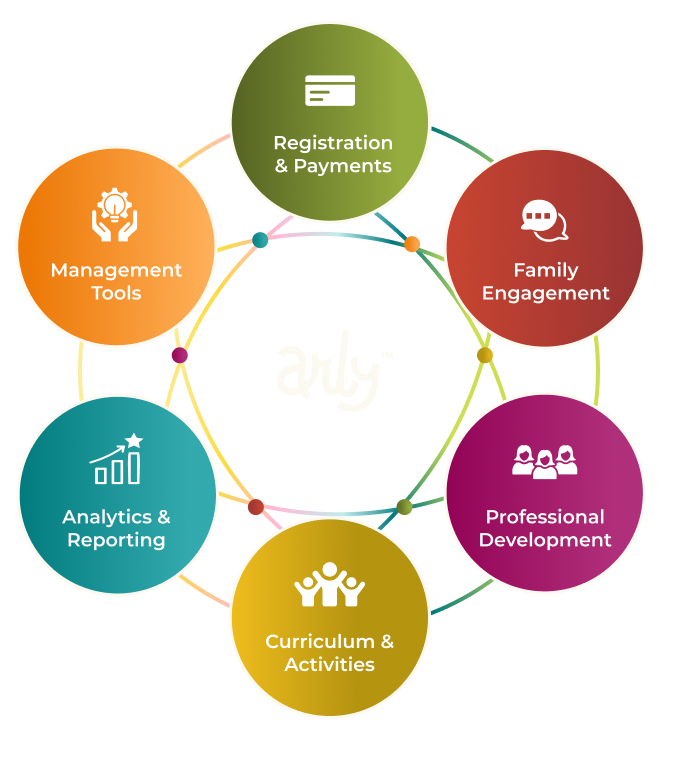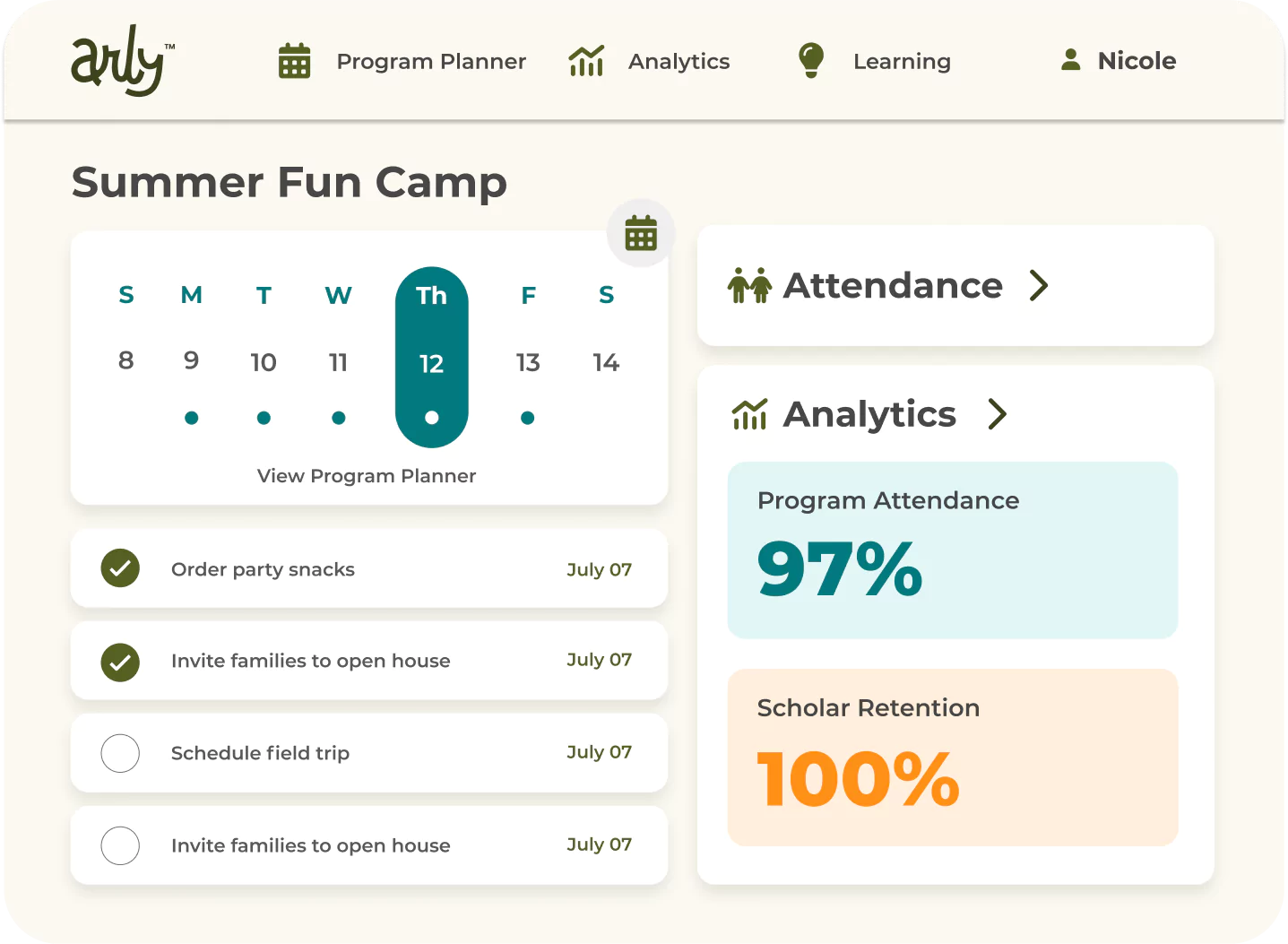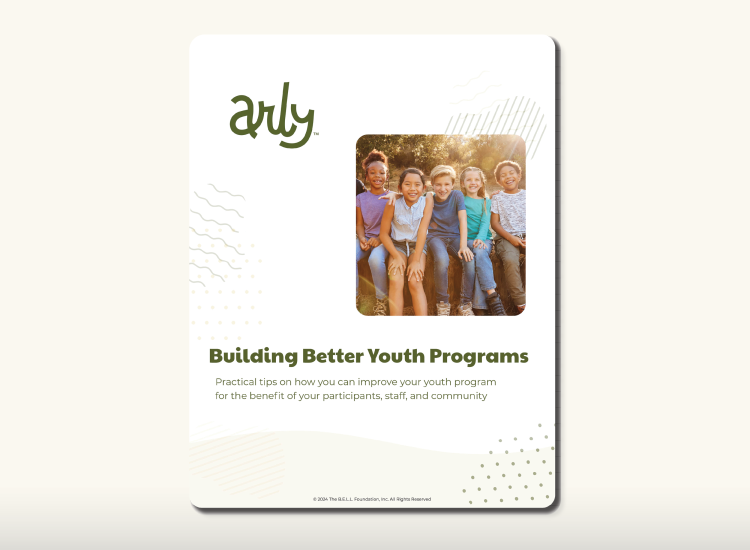Overcoming the Winter Slump: 5 Helpful Tips for Educators
By Arly Communications on February 26, 2025
The winter blues are all too real, bringing feelings of fatigue and restlessness. This seasonal slump can affect everyone, making it harder to stay motivated and positive. Encouraging open communication about mental health and creating opportunities for shared activities can build a sense of community and boost morale. By addressing the emotional well-being of everyone in the classroom, educators can cultivate a more vibrant, resilient learning atmosphere where both students and teachers feel motivated and supported during the winter months.
Strategies to Help Staff and Students Thrive Through the Winter Months
Here are five ways to help your staff navigate the winter slump.
1. Implement Creative Student Engagement Strategies
Teachers can inject creativity into their lessons to maintain student engagement. One effective approach is to organize themed activities or spirit weeks. These can include dress-up days, special projects, or even small classroom competitions that break the monotony and rekindle student interest. Incorporating interactive learning elements, such as group projects or hands-on experiments, can also keep students actively involved and focused.
Another strategy is to introduce classroom incentives. Setting up a reward system can motivate students to stay engaged. Simple rewards, like extra recess time or a homework pass, can provide the necessary encouragement for students to remain attentive and participative. By creating a positive and dynamic classroom atmosphere, teachers can help students channel their restless energy into productive learning.
2. Prepare for Standardized Testing with Confidence
As winter comes to a close, the prospect of standardized testing becomes an increasing source of stress for both teachers and students. However, with careful preparation and strategic planning, teachers can approach this period with confidence and help their students do the same.
Teachers should begin by identifying key areas where students may need additional support. Providing targeted review sessions and interventions can address knowledge gaps and build students' confidence. Incorporating test-taking strategies into lessons can also empower students to approach exams with a positive mindset.
In addition to academic preparation, teachers can emphasize the importance of rest and relaxation before test days. Encouraging students to maintain a healthy sleep schedule and engage in stress-reducing activities can enhance their performance and overall well-being. By fostering a supportive and well-prepared classroom environment, teachers can alleviate some of the pressures associated with standardized testing.
3. Prioritize Teacher Self-Care and Well-Being
.png?width=259&height=362&name=Arly%20Self%20Care%20Bingo%20(1).png) While focusing on student engagement is essential, teachers must also prioritize their own well-being to effectively manage stress. Self-care should be an integral part of the daily routine. Simple practices like taking short coffee breaks, engaging in mindfulness exercises, or even brief moments of reflection can make a significant difference. Check out our Self Care Bingo Board for self care inspiration and ideas!
While focusing on student engagement is essential, teachers must also prioritize their own well-being to effectively manage stress. Self-care should be an integral part of the daily routine. Simple practices like taking short coffee breaks, engaging in mindfulness exercises, or even brief moments of reflection can make a significant difference. Check out our Self Care Bingo Board for self care inspiration and ideas!
Connecting with colleagues for support and sharing experiences can also alleviate feelings of burnout. Sometimes, fellow educators can offer fresh perspectives and solutions. Remembering to celebrate small victories, whether it's successfully completing a lesson plan or receiving positive feedback from students, can boost morale and provide the motivation needed to push through the month.
4. Effective Classroom Management Amidst Restlessness
Classroom management can become particularly challenging during the winter months as students' restlessness peaks. To maintain a productive learning environment, teachers must employ effective strategies that address students' needs while keeping them on task.
One approach is to introduce flexible seating arrangements, allowing students to choose where they sit for a class period. This can reduce tension and provide students with a sense of autonomy, potentially improving their focus and behavior. Another strategy involves incorporating movement breaks into the schedule. Short, structured activities that encourage physical movement can help students expend excess energy and refocus on their work.
Furthermore, teachers can reestablish clear expectations and routines to provide structure and consistency. Reinforcing positive behavior through praise and rewards can also motivate students to adhere to classroom norms.
5. Plan Ahead to Alleviate Stress
Forward planning can shift focus and create anticipation for exciting events in the spring. Organizing an outdoor experience, planning a special project, or even starting preparations for end-of-year celebrations can provide both teachers and students with something to look forward to, breaking the monotony of the everyday grind.
By establishing clear goals and milestones for the remainder of the school year, teachers can create a roadmap that not only eases the pressure but also sets a positive tone for the final months. This proactive approach fosters a sense of progress and accomplishment, making the journey through winter more bearable and rewarding for everyone involved.
By implementing these actionable tips, teachers can maintain their well-being and keep students engaged, turning this challenging season into an opportunity for growth and development.
Learn more about Arly
At Arly, we understand the importance of supporting educators in their vital roles – in fact, many of our team have been teachers too! Our youth program management platform was purpose-built to empower program administrators and teachers with online self-paced professional development, robust resources, digital tools to streamline administrative tasks and enhance communication with families. Learn more about what Arly can do for your youth program by requesting a demo today!






%20(1320%20x%20980%20px)%20(660%20x%20490%20px)%20(600%20x%20350%20px)%20(5).png)

%20(27).png)
%20(1).png)
%20(64).png)